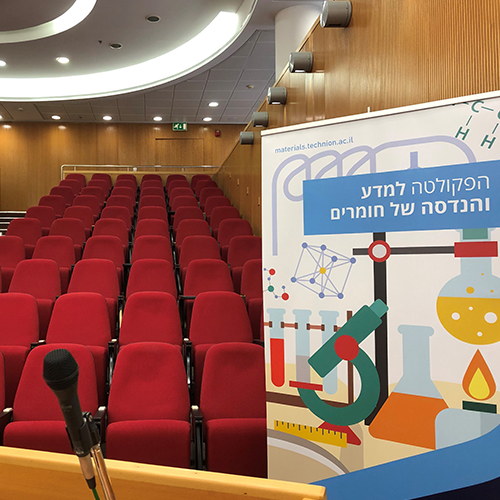
Dr. Roman Kris
16/05/2024
אודיטוריום ע"ש דויד וואנג, בניין מידן, קומה 3
14:30
The machine learning approach to the analysis of the optical spectrums provides comprehensive generic
framework using the global properties of the complex spectrum shapes.
The presented work consists of two parts.
In the first part, the general framework for quantitative optical spectrum analysis based on the combination of color science, image processing and machine learning methods is considered. The proposed approach is generic and could be applied to a variety of applications using digital optical microscope imaging. The problem under consideration is: how to treat the visual color information in the optical imaging of the nanoparticle physical system in a quantitative way for extending the capabilities of optical imaging tools? The proposed approach provides direction for replacement of complicated spectrum analysis techniques with easy to use optical imaging tools. We anticipate the effective application of the approach to analysis of the periodic nanoparticle grate structures.
The second part is the proof of concept for a model physical system -Pt nanoparticles pillars grate (joint work with Mr. I. Keidan, Mr. J. Zimmerman, Prof. Y. Rabkin, Technion). The correlation between the results of the proposed optical spectrum analysis algorithm and the physical parameters of the nanoparticles measured by an independent method is presented. In this way, we demonstrate that the proposed approach could extend the capability of the optical microscopy for measurement of new physical parameters (nanoparticle height distribution in the case under consideration).


